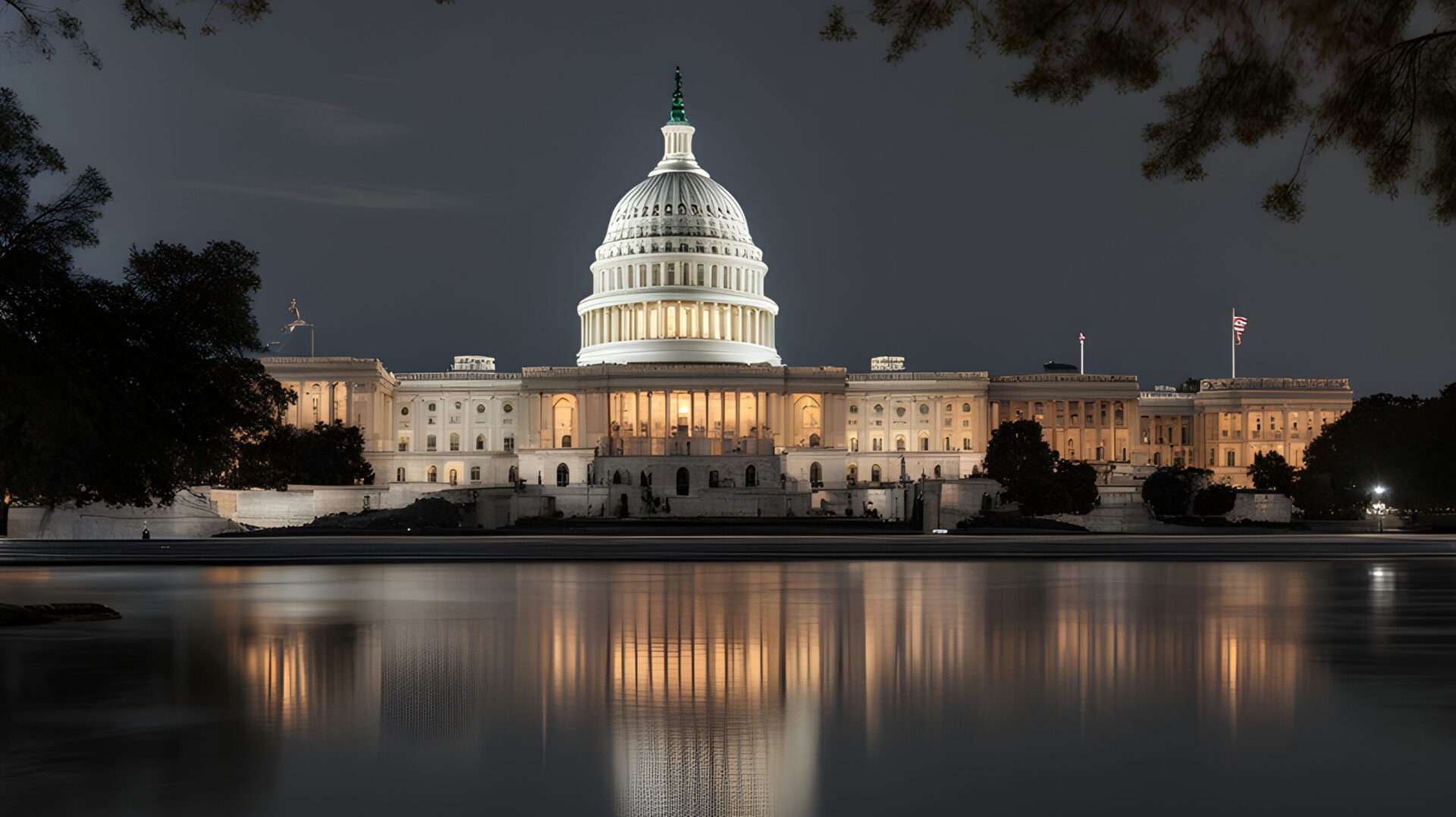Note: Political Awareness never authorizes any candidate or their committees to publish its communication.
Redistricting is one of the most influential and least understood parts of the American electoral system. Every decade, states redraw district boundaries to reflect population changes to ensure each community has equal representation.
Redistricting is not inherently partisan or negative. In many states, it is a routine administrative process that updates district boundaries to reflect shifting populations. However, because these lines determine who votes where. Even small changes can reshape how communities are grouped and how effectively they can elect representatives who share their priorities.
States use a variety of methods to draw maps. Some rely on their legislatures, others use advisory commissions, and a growing number have adopted independent redistricting commissions designed to reduce partisanship. Each system has strengths and limitations, but all seek to balance legal requirements with practical considerations like keeping similar counties and neighborhoods intact.
One challenge is that population growth is rarely uniform. Cities may expand rapidly while rural areas lose residents, requiring districts to be adjusted in ways that feel unfamiliar and disconnected to voters. In growing and changing states, this can mean new districts entirely. In others, boundary changes may reflect new housing patterns, demographic shifts, or evolving regional identities.
Voters sometimes assume redistricting only affects politicians, but it has real implications for everyday civic life. It can influence which schools, transportation projects, or local initiatives receive attention. It can also determine how effectively communities with shared interests can make their concerns heard.
For voters, understanding the basics of redistricting is an important part of participating in democracy. Many states now offer public hearings, online map-drawing tools, and comment periods that allow residents to weigh in. Citizens gain a meaningful role and understanding in shaping how they are represented through these opportunities.

Leave a Reply